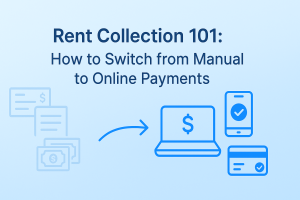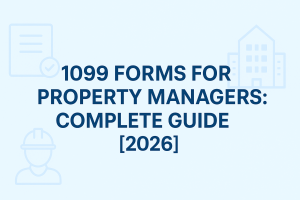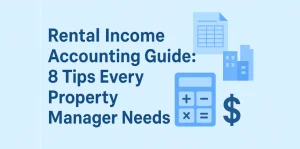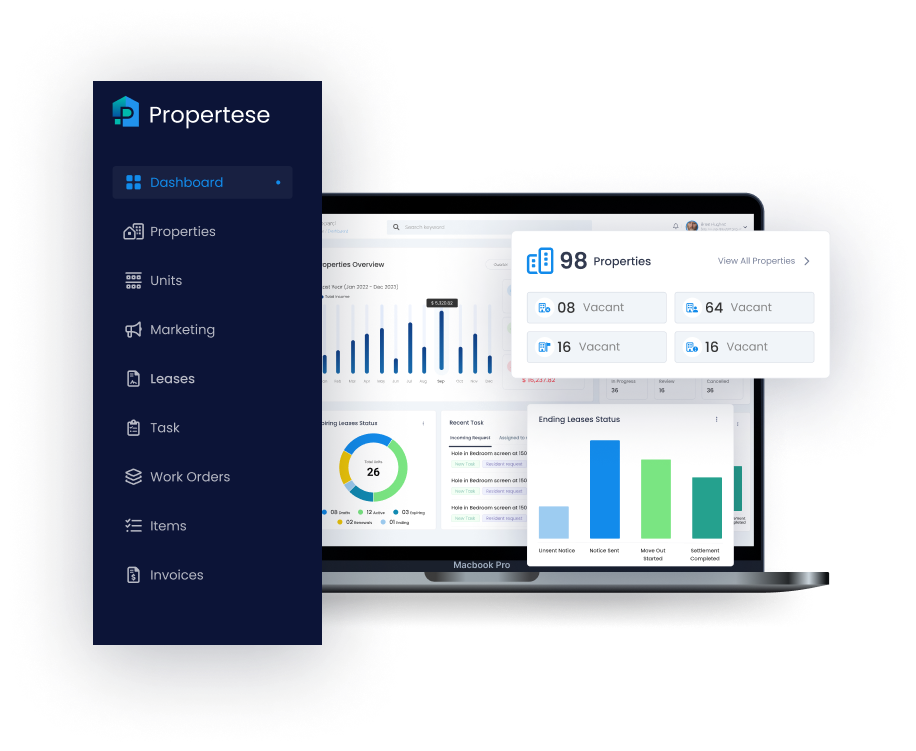
In real estate, managing utility costs fairly and efficiently can be a challenge, especially in multifamily properties like apartments. That’s where RUBS (Ratio Utility Billing System) comes in. This method helps property managers allocate utility expenses among tenants in a way that is transparent and cost-effective. If you’re new to the concept, this guide will walk you through everything you need to know about RUBS, why it’s used, and how to implement it.
What is RUBS in Real Estate?
RUBS, or Ratio Utility Billing System, is a method of dividing utility costs among tenants based on factors like the number of occupants, square footage of the unit, or other relevant criteria. Instead of having individual meters for every utility in each unit, the total utility bill for the property is divided among the tenants using a predetermined formula.
This system is often used for utilities like water, gas, trash, and electricity in properties where installing separate meters for each unit is impractical or too expensive.
Why Is RUBS Used?
RUBS is popular in real estate because it addresses several challenges faced by property managers and landlords:
-> Cost Savings: Installing individual utility meters can be costly. RUBS eliminates this need while still providing a way to allocate costs fairly.
-> Encourages Conservation: When tenants know they are responsible for their share of utility costs, they are more likely to use resources responsibly.
-> Simplifies Billing: RUBS streamlines the billing process by consolidating all utility expenses and dividing them among tenants.
-> Increases Property Value: For landlords, passing utility costs to tenants rather than absorbing them enhances profitability and improves the property’s financial performance.
How Does RUBS Work?
RUBS is calculated based on specific factors outlined in the lease agreement. Below is a step-by-step guide to how it works:
1. Determine Total Utility Costs
The property manager or landlord receives the total utility bill for the building, covering shared utilities like water, gas, or trash services.
2. Choose an Allocation Formula
The total cost is divided among tenants using a fair allocation method. Common methods include:
-> Square Footage: Dividing costs based on the size of each unit. Larger units typically pay more.
-> Number of Occupants: Units with more residents may use more utilities, so the bill is split accordingly.
-> Flat Percentage: All units are charged an equal percentage of the total bill.
-> Hybrid Method: A combination of the above factors for a more customized approach.
3. Calculate Each Tenant’s Share
Using the chosen method, the property manager calculates how much each tenant owes. For example:
-> If the water bill for the property is $1,000, and Unit A has 2 residents out of a total of 10, Unit A may owe 20% of the bill or $200.
4. Send Bills to Tenants
The calculated utility charges are added to each tenant’s monthly rent or provided as a separate bill.
5. Adjust Annually (Optional)
Some property managers adjust the allocation formula annually based on changes in occupancy, usage patterns, or tenant feedback.
Pros and Cons of RUBS
Pros:
-> Fair Distribution: Tenants pay for what they use, reducing disputes over utility costs.
-> Cost-Effective: No need for expensive individual meters.
-> Environmental Benefits: Encourages tenants to conserve utilities, which helps the environment.
-> Transparency: Tenants understand how costs are divided, improving trust.
Cons:
-> Perception of Unfairness: Some tenants may feel the allocation method isn’t accurate.
-> Legal Restrictions: Certain states or regions have strict regulations on RUBS.
-> Initial Implementation: Setting up RUBS requires clear communication and updates to lease agreements.
Steps to Implement RUBS
If you’re a property manager or landlord considering RUBS, here’s how to get started:
1. Check Local Laws: Research whether RUBS is allowed in your area. Some states, like California, have specific rules for implementing ratio utility billing.
2. Decide on the Allocation Method: Choose the most fair and appropriate formula based on your property’s characteristics.
3. Update Lease Agreements: Clearly outline the RUBS policy in new leases or amendments for existing tenants. Be transparent about the allocation method and the types of utilities included.
4. Communicate with Tenants: Educate tenants about the benefits of RUBS, how it works, and why it’s being implemented. Provide examples to clarify the calculation.
5. Monitor Usage and Feedback: Track utility costs and tenant concerns to ensure the system runs smoothly. Consider making adjustments if needed.
6. Use Software Tools: Leverage property management software to automate calculations and streamline the billing process.
Common Questions About RUBS
Q1. Is RUBS legal?
Yes, RUBS is legal in many areas, but local laws vary. Some states require landlords to follow strict rules, such as providing tenants with itemized bills or capping the amount they can charge.
Q2. What happens if tenants dispute the charges?
Disputes can arise if tenants feel the allocation is unfair. To avoid this, communicate openly, provide detailed bills, and be willing to address concerns.
Q3. Does RUBS include all utilities?
RUBS can be applied to water, gas, trash, and sometimes electricity. However, some utilities, like electricity, are more challenging to allocate due to individual usage variations.
Best Practices for RUBS Success
-> Transparency is Key: Always provide clear breakdowns of how charges are calculated.
-> Stay Compliant: Regularly review local regulations to ensure compliance with RUBS laws.
-> Be Consistent: Apply the same allocation formula to all tenants to avoid favoritism or disputes.
-> Use Technology: Invest in software to handle calculations and reduce errors.
-> Review Annually: Periodically evaluate the allocation method and utility costs to ensure fairness.
Conclusion
RUBS (Ratio Utility Billing System) is a practical solution for dividing utility costs in multifamily properties. By allocating expenses based on fair criteria, RUBS helps property managers save money, improve tenant satisfaction, and promote resource conservation. While there are challenges, following best practices and maintaining open communication can make RUBS a win-win for both landlords and tenants.
Whether you’re a new property manager or an experienced one looking to improve utility billing, RUBS is a valuable tool to consider for efficient property management.
Table of Contents
Stay Updated
Subscribe to get the latest news, industry trends, blog posts, and updates...




